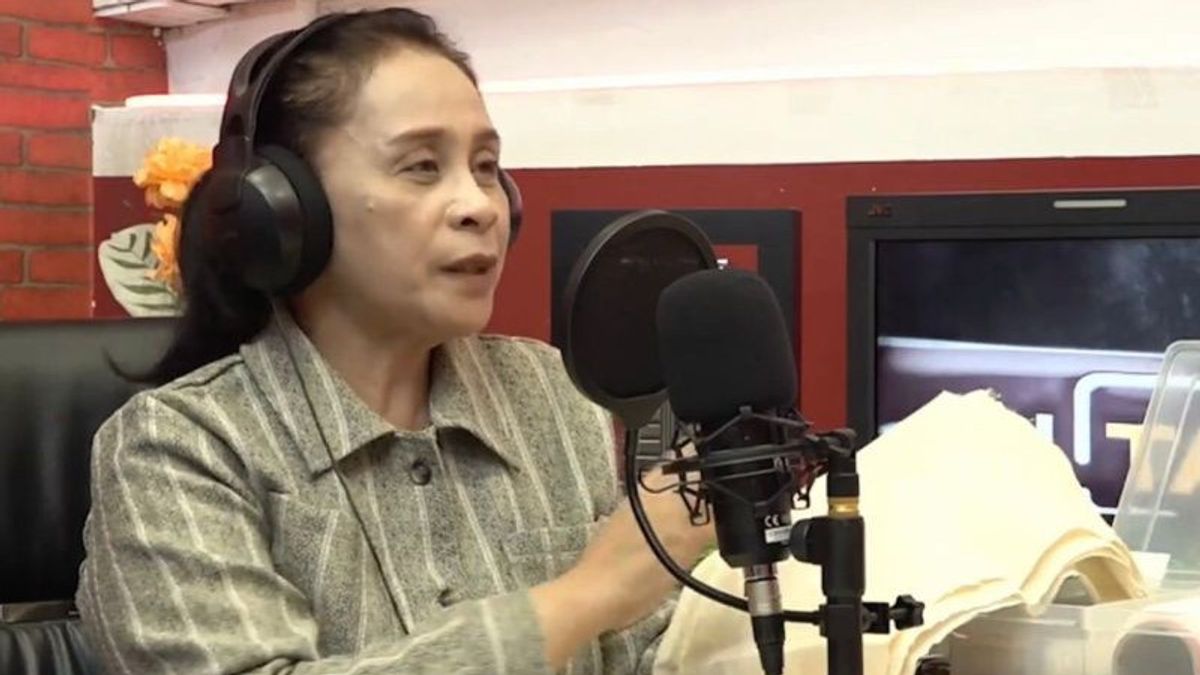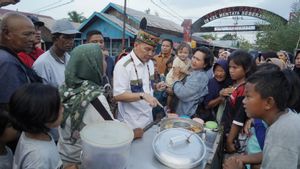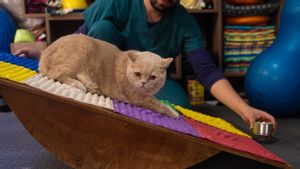BANDUNG - Lecturer of the Department of Biology, Faculty of Mathematics and Natural Sciences (FMIPA), Padjadjaran University (Unpad) as well as Head of the Center for Science and Bio-Prospection of Natural Fiber and Biological Resources Unpad, Dr. Asri Peni Wulandari Ph, succeeded in creating innovations in the form of fire-resistant clothing from hemp fibers.
"Hemp research began more than 10 years ago. Research began with isolating hemp waste and then conducting the screening stage so that it got the most greedy microbes to eat hemp sap," he said in Bandung, West Java, Antara, Thursday, November 17.
From this research, said Asri, it turns out that hemp fiber is very good for clothing and biodegumming is an effective alternative to hemp processing. Asri admits that the roadmap for hemp research is very long and actually tests the manufacturing system from upstream to downstream.
He and his team started by preparing hemp plants to be processed into fiber.
The processing results turned out to be very rough with small sizes.
Then the hemp fiber is tested with several bacteria whose results are different. After that, enter the laboratory scale which aims to make the hemp fiber white and smoother.
On a laboratory scale, Asri and the team tested it with a bio-learning and chemical leaching process so that the research flow used was chemical the guming and chemical leaching. As a result, hemp processing is safer if using natural ingredients.
Furthermore, he and his team must look for ways to make fine hemp fiber meet the standards to be rolled into threads.
Asri and his team also managed to make hemp threads and even, the hemp thread has succeeded in becoming a hemp for fire-resistant clothing.
This has been evidenced by hemp material that has been coated with a chemical and then approached to the source of the fire for seven seconds and the results did not catch fire.
In addition, Asri Peni Wulandari also conducted research on the high price of textiles from hemps and as a result, the process of producing hemps into textiles must use heat energy, chemicals, and so on with a very long process so that it is only natural if the price is expensive.
After learning about this fact, he also realized the need for a cheaper alternative technology to produce hemp into textiles.
Then, he who has expertise in microbiology makes further research to use hemps into textiles.
Rami is a plant that has boomed in the last two decades and hemp fiber is still rarely used for textile industry materials because of its expensive prices, even though these plants thrive in Indonesia.
Rami is included in traditional plants whose size is not too large and the maximum height is only about three meters.
This plant is straight and unbranched so that the stem can be used for fiber, said Asri Peni Wulandari.
The English, Chinese, Japanese, Arabic, and French versions are automatically generated by the AI. So there may still be inaccuracies in translating, please always see Indonesian as our main language. (system supported by DigitalSiber.id)
Most Popular Tags
#Prabowo Subianto #golkar #Pilkada Dki #online gambling #Mount Lewotobi malePopular
24 November 2024, 03:15













